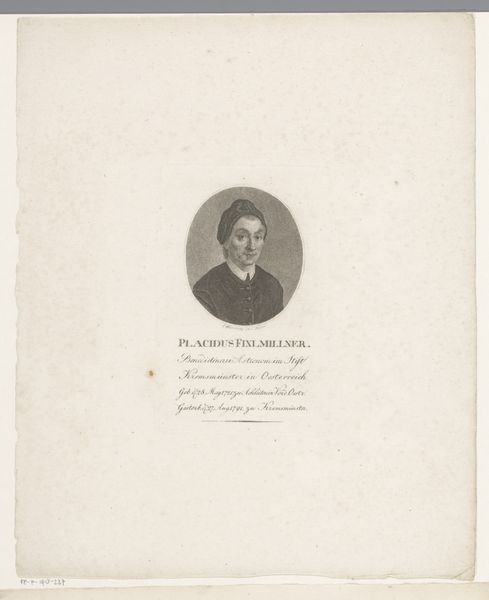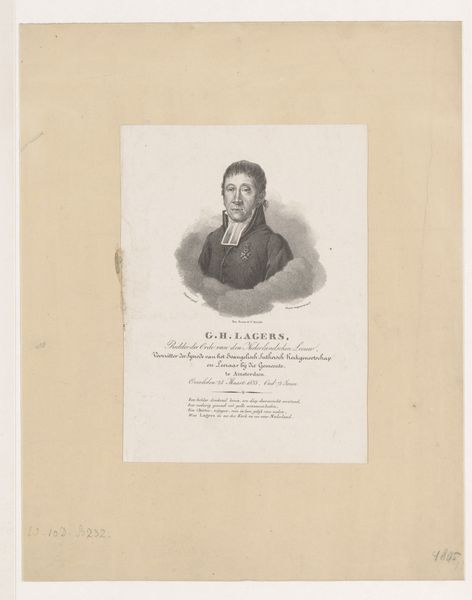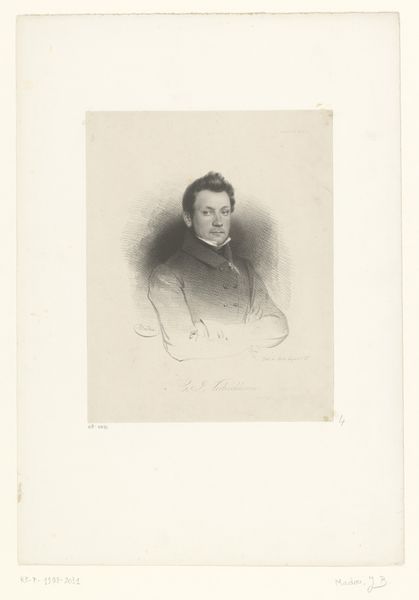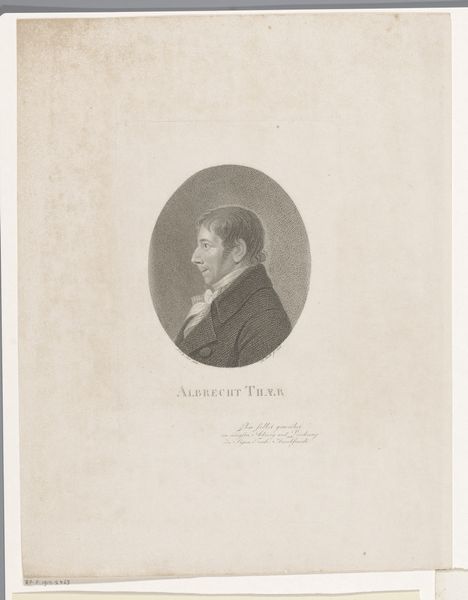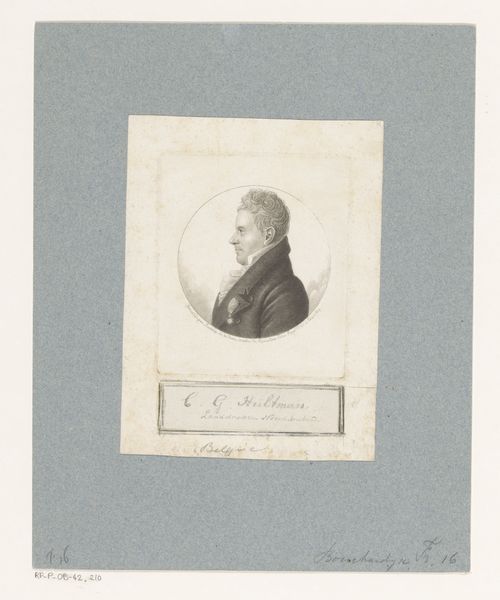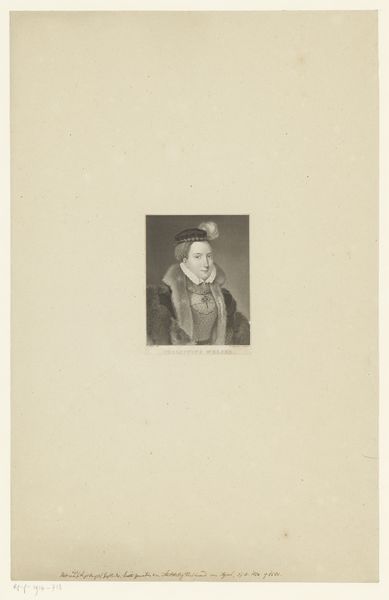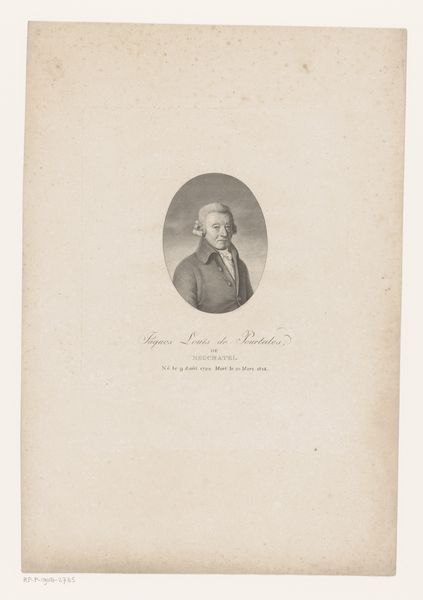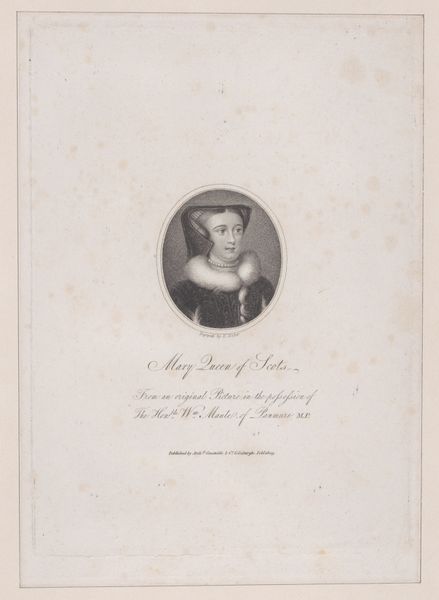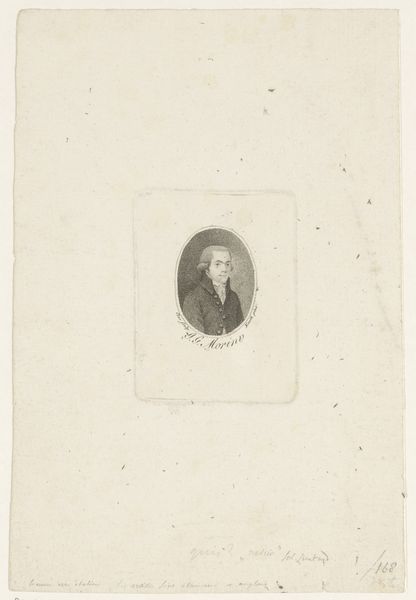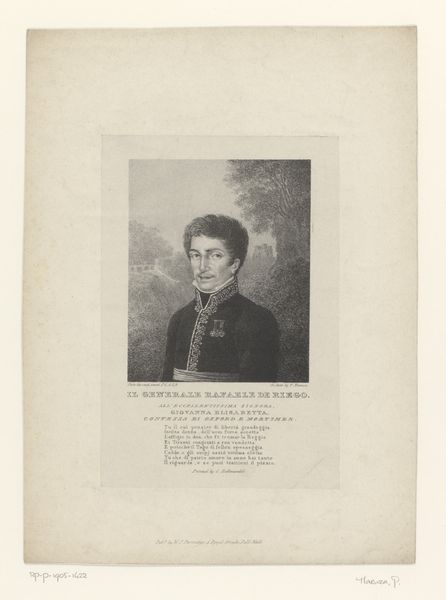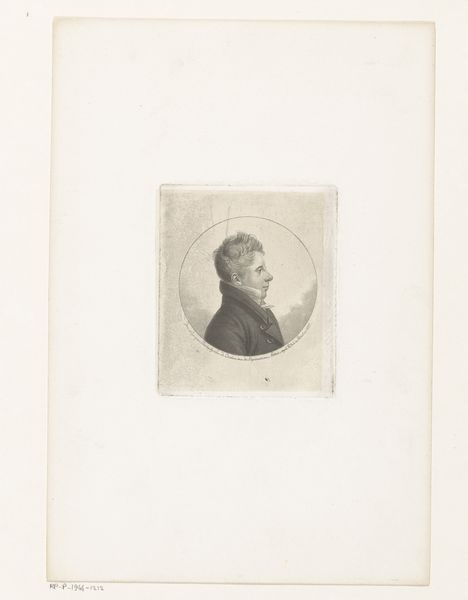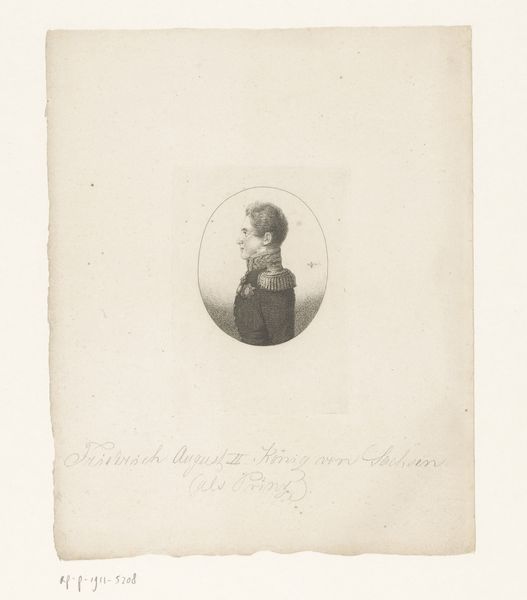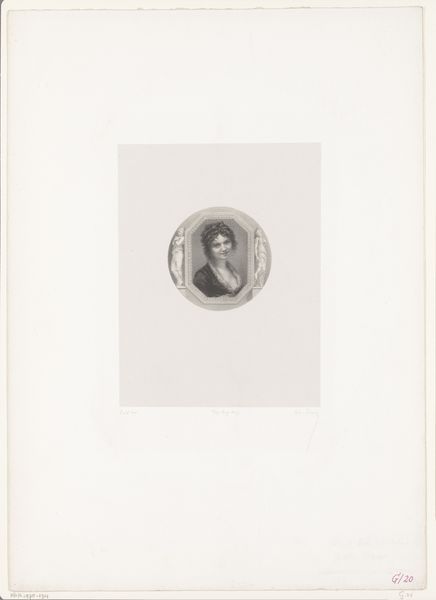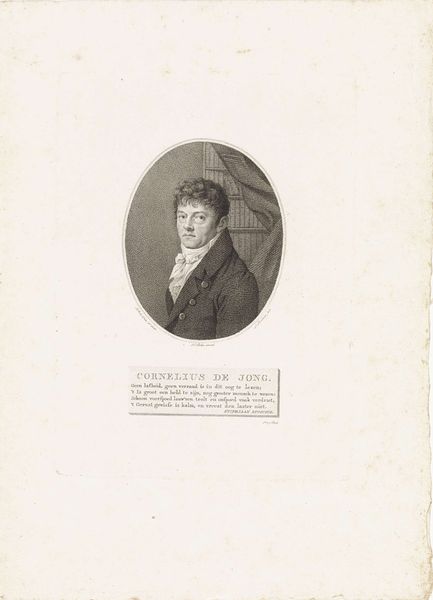
print, engraving
portrait
neoclacissism
history-painting
engraving
realism
Dimensions: height 256 mm, width 204 mm
Copyright: Rijks Museum: Open Domain
Editor: So this is the “Portrait of Hermanus Tomas,” an engraving from 1824, located here at the Rijksmuseum. I'm immediately struck by how clean and simple the composition is. It feels very...stark. What do you see in this piece? Curator: I see the convergence of material production and social power. The engraving itself, a reproducible medium, speaks volumes. Consider the labor involved: the engraver, meticulously translating an image, and the infrastructure needed to produce these prints. Who had access to such imagery and why? Editor: That's an interesting perspective. I hadn’t considered the printmaking process as part of the "meaning" of the work. Was printmaking common at that time? Curator: Common, yes, but not neutral. Think about the networks of distribution, the intended audience, the very paper itself—all products of specific economic and social forces. These portraits served as a form of cultural capital, reinforcing the sitter’s status through circulated imagery. How does understanding this affect your interpretation? Editor: It definitely shifts it. Seeing the portrait as an object embedded in a web of production makes it feel less like an individual representation and more like a social artifact. So the material gives social context? Curator: Precisely! The very act of creating and disseminating this image implicates both Hermanus Tomas and the printmakers in a system of representation tied to power and visibility. Understanding the material circumstances opens a window onto these dynamics. Editor: That's fascinating. I will definitely be rethinking portraiture. I guess my perspective on art before was all wrong! Curator: That's the beauty of art, it teaches new things if one knows how to examine it, wouldn’t you agree?
Comments
No comments
Be the first to comment and join the conversation on the ultimate creative platform.
